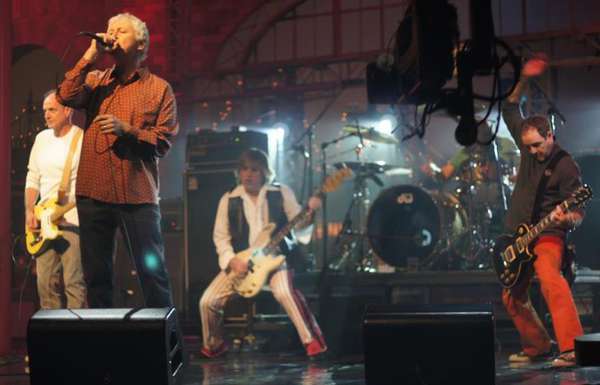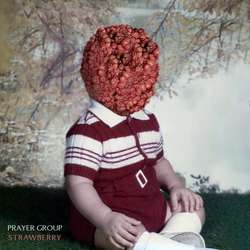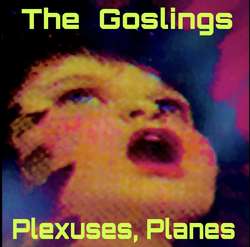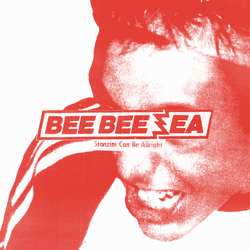After the now-legendary, myth-making years in the basement with a guy named Tobin and the other Mitch Mitchell working shamelessly towards what would become Bee Thousand (while still teaching middle school Social Studies, no less) and Spin's review naming same "Record of the Year," some say it's all been downhill for Pollard and his raving gangs of rockers. And how much ink has been spilled over the past decade regarding Guided By Voices and lead singer Pollard's penchant for what he calls the three p's: pop, progressive, and psychedelia. And of course when taking about dear old big daddy king shit himself, the sweet booze?
Every now and then, Pollard rewards his fans and new listeners by giving them exactly what they want: a great album (in the old-time sense - think Who's Next and Pete Townsend's often-brilliant early solo work) chock full of pop ditties meant to be cranked in the summertime while driving, windows down, through your shitty, wonderful suburban town. Normal Happiness is that record this time around. This is the sound of Pollard and producer/former bandmate Todd Tobias having a whole hell of a lot of fun in the studio. Does it sound like his last, the reasonably fantastic first solo double-album by Pollard, From a Compound Eye? Not in the least. Think less psychedelic, more straightforward pop-rock with bright-lipped guitars fueling a late 70's drug dream. Is it perfect? Far from, which makes it all the more endearing. Normal Happiness is unique in the Pollard/Guided By Voices canon in that it's almost wholly comprised of up-tempo, two-minute jolly bubblegum rockers like "Supernatural Car Lover" and "Rhoda Rhoda." "Top of My Game" suggests that Pollard knows precisely where he's likely to land in the indie game with this one - right on the mark. "It's all good" is a phrase that could easy be applied to this one, kids. Like the man with the high kicks says, it's time you get a faceful.
Robert Pollard and his band featuring the amazing Tommy Keene on guitar, Jon from Superchunk on drums, dubbed The Ascended Masters on the last tour, will hit the road in November in support of this not-so-little beauty. Judging by the gig I saw on the FaCE tour last year in San Francisco, the precocious youth of Pollard's backing band seems to have re-invigorated our man. Like LSD but not in the least dangerous or bad for your brain, with Normal Happiness the hits just keep on coming. Let's hope it always stays this great.




